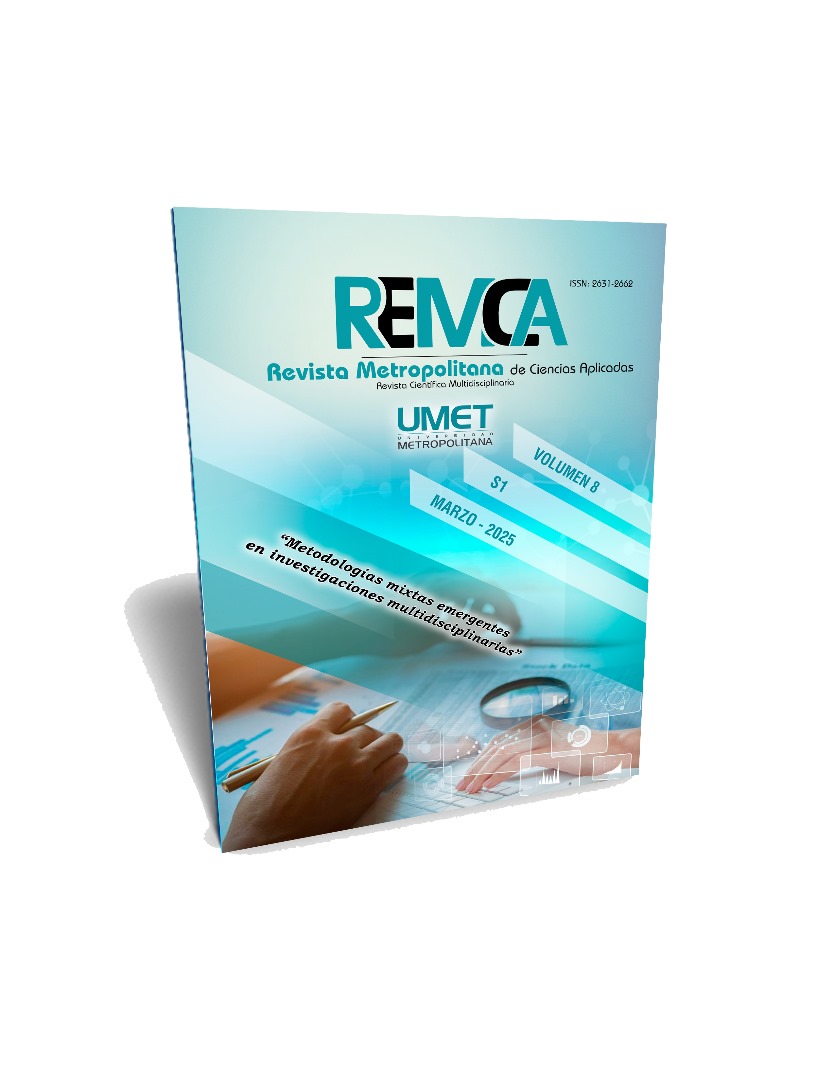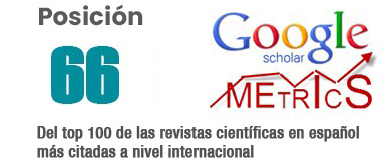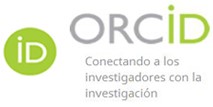Genetic and clinical factors in the risk of venous thromboembolism due to oral contraceptives
DOI:
https://doi.org/10.62452/w5cp3q07Keywords:
Pulmonary embolism, estrogen, progestin, personalized assessmentAbstract
The use of oral contraceptives is common for pregnancy prevention but is associated with an increased risk of venous thromboembolism (VTE), including deep vein thrombosis and pulmonary embolism. This risk varies depending on the type of contraceptive and predisposing genetic and clinical factors. A literature review of recent studies revealed that combined oral contraceptives, particularly those with high estrogen doses, significantly increase the risk of VTE (OR: 2.3; 95% CI: 1.5–3.4). Genetic factors such as Factor V Leiden mutation (OR: 2.3; 95% CI: 1.5–3.4) and protein C deficiency (OR: 1.8; 95% CI: 1.2–2.7) also elevate the risk. Additionally, clinical factors such as elevated BMI, a family history of thrombosis, smoking, and advanced age further increase the risk. These findings underscore the importance of a personalized assessment when prescribing contraceptives to minimize the risk of VTE.
Downloads
References
Heikinheimo, O., Toffol, E., Partonen, T., But, A., Latvala, A., & Haukka, J. (2022). Systemic hormonal contraception and risk of venous thromboembolism. Acta Obstetricia et Gynecologica Scandinavica, 101(8), 846–855. https://doi.org/10.1111/aogs.14384
Jang, Y. S., Lee, E. S., & Kim, Y. K. (2021). Venous thromboembolism associated with combined oral contraceptive use: A single-institution experience. Obstetrics & Gynecology Science, 64(4), 337–344. https://doi.org/10.5468/ogs.20374
Linnemann, B., Rott, H., Zotz, R., & Hart, C. (2022). Venous thromboembolism issues in women. Hämostaseologie, 42(5), 290–299. https://doi.org/10.1055/a-1919-9558
Lo Faro, V., Johansson, T., & Johansson, Å. (2024). The risk of venous thromboembolism in oral contraceptive users: The role of genetic factors—a prospective cohort study of 240,000 women in the UK Biobank. American Journal of Obstetrics and Gynecology, 230(3). https://doi.org/10.1016/j.ajog.2023.09.012
Mohamed, A. B., Al-Ama, N., Al Kreathy, H., Ahmed, K., Al Amri, T., Harakeh, S., & De Laat, B. (2020). Oral contraceptive types in relation to ABO blood groups among Saudi women of different reproductive age groups and impact on venous thromboembolism. Clinical and Applied Thrombosis/Hemostasis, 26. https://doi.org/10.1177/1076029620966051
Morimont, L., Haguet, H., Dogné, J. M., Gaspard, U., & Douxfils, J. (2021). Combined oral contraceptives and venous thromboembolism: Review and perspective to mitigate the risk. Frontiers in Endocrinology, 12. https://doi.org/10.3389/fendo.2021.769187
Verlaan, J. P., Stegeman, B. H., Timp, J. F., Scheres, L. J., Flinterman, L. E., Helmerhorst, F. M., & Van Hylckama Vlieg, A. (2024). Hormonal contraceptive use after a first venous thrombotic event and the risk of recurrence in premenopausal women. Journal of Thrombosis and Haemostasis, 22(8), 2195–2202. https://doi.org/10.1016/j.jtha.2024.03.014
Viana Leme de Barros, V. I., Malavasi Longo de Oliveira, A. L. Do Nascimento, D. J., Zlotnik, E., Teruchkin, M. M., Areas Marques, M., & Ramos Margarido, P. F. (2024). Use of hormones and risk of venous thromboembolism. Revista Brasileira de Ginecologia e Obstetrícia, 46. https://journalrbgo.org/article/use-of-hormones-and-risk-of-venous-thromboembolism/
Zwart, S. R., Auñón-Chancellor, S. M., Heer, M., Melin, M. M., & Smith, S. M. (2022). Albumin, oral contraceptives, and venous thromboembolism risk in astronauts. Journal of Applied Physiology, 132(5), 1232–1239. https://doi.org/10.1152/japplphysiol.00024.2022
Downloads
Published
Issue
Section
License
Copyright (c) 2025 Santiago Xavier Peñarreta-Quezada, Paulette Baymar González-Rojas, Nayeli Jamileth Quintero-Rivera (Autor/a)

This work is licensed under a Creative Commons Attribution-NonCommercial-ShareAlike 4.0 International License.
Authors who publish in Revista Metropolitana de Ciencias Aplicadas (REMCA), agree to the following terms:
1. Copyright
Authors retain unrestricted copyright to their work. Authors grant the journal the right of first publication. To this end, they assign the journal non-exclusive exploitation rights (reproduction, distribution, public communication, and transformation). Authors may enter into additional agreements for the non-exclusive distribution of the version of the work published in the journal, provided that acknowledgment of its initial publication in this journal is given.
© The authors.
2. License
The articles are published in the journal under the Creative Commons Attribution-NonCommercial-ShareAlike 4.0 International License (CC BY-NC-SA 4.0). The terms can be found at: https://creativecommons.org/licenses/by-nc-sa/4.0/deed.en
This license allows:
- Sharing: Copying and redistributing the material in any medium or format.
- Adapting: Remixing, transforming, and building upon the material.
Under the following terms:
- Attribution: You must give appropriate credit, provide a link to the license, and indicate if any changes were made. You may do this in any reasonable manner, but not in any way that suggests the licensor endorses or sponsors your use.
- NonCommercial: You may not use the material for commercial purposes.
- ShareAlike: If you remix, transform, or build upon the material, you must distribute your creation under the same license as the original work.
There are no additional restrictions. You may not apply legal terms or technological measures that legally restrict others from doing anything the license permits.




